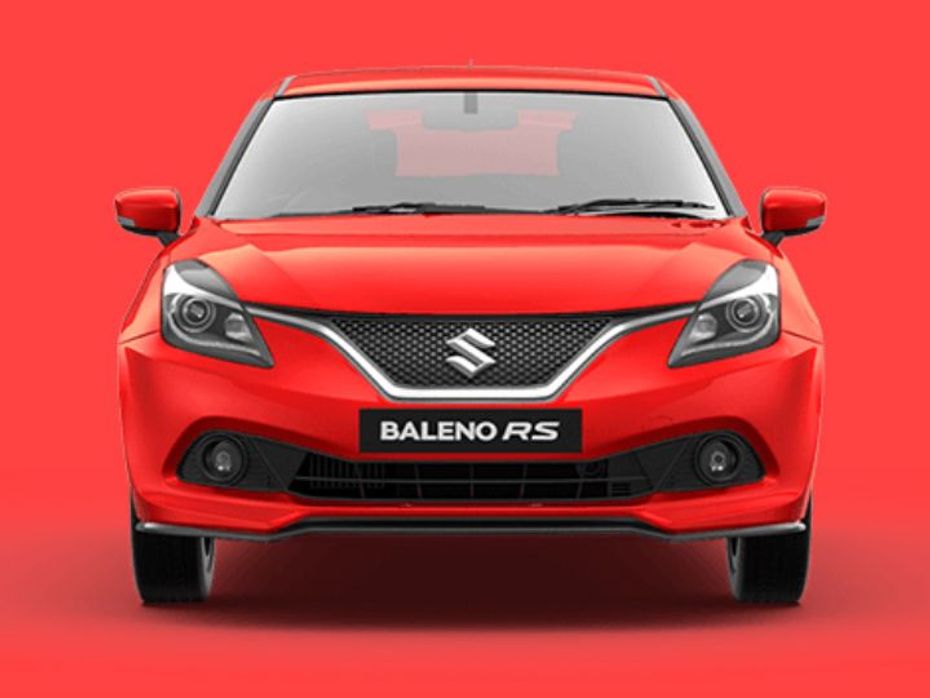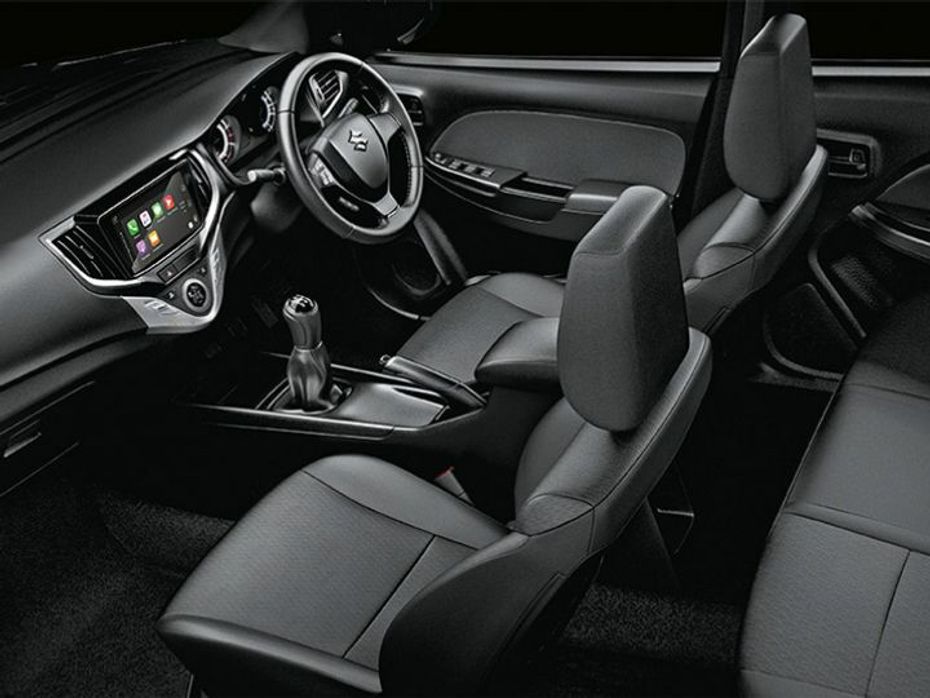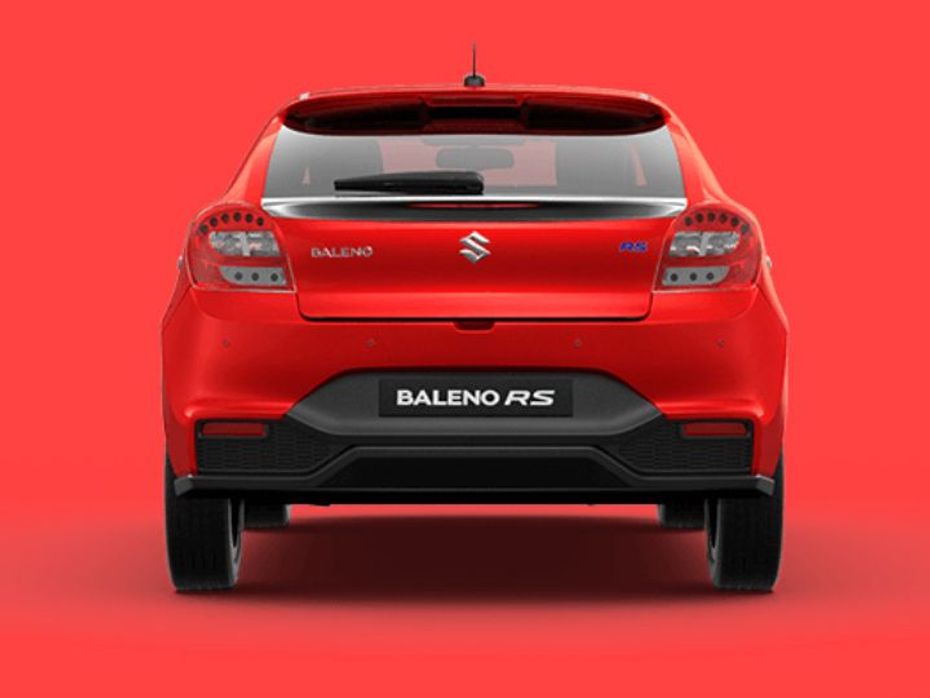
Maruti Suzuki Baleno Facelift Slated To Launch By June 2019
- Oct 31, 2018
- Views : 19595


When the prices of the Baleno RS are announced later today, it may just become the fabled hot-hatch that car enthusiasts in India have been craving for a very long time.
The trend of hot-hatchbacks can be traced back to Europe in the 1970s. At the time, standard hatchbacks developed anywhere around 40-50PS of maximum power - most of the hot-hatchbacks were at least twice as powerful. Today, the stalwarts of the segment include the Volkswagen Golf GTI (230PS), Ford Focus ST (250PS), Renault Sport Megane R.S. 275 Trophy (275PS), MINI John Cooper Works (231PS) etc - but these are not exactly affordable.

For a market that is heavily dependent on hatchbacks (52 per cent of total cars sold in India in January 2017 were hatchbacks), it has a surprisingly low number of crazily powerful ones. So, what is a 'hot-hatch' exactly? Simply put, a fun to drive, powerful hatchback which is based on a mass-market hatchback. And on paper, the Maruti Suzuki Baleno RS seems fit to match that description
Based on the very popular Baleno hatchback (10,000+ units sold on an average every month) which is powered by either a 1.2-litre petrol motor (84PS) or a 1.3-litre diesel motor (75PS), the Baleno RS will feature an all-new 'Boosterjet' 1.0-litre, turbocharged petrol motor developing 102PS of maximum power and 150Nm of peak torque.

The Baleno RS is considerably powerful at 102PS, lightweight with a kerb weight of 950kg, has disc brakes on all four corners backed by ABS and EBD and, most importantly, has a manual transmission. Considering the standard Baleno petrol tops out at Rs 7.30 lakh, ex-showroom Delhi, the RS is expected to be priced around the Rs 9 lakh mark. If priced aggressively the Baleno RS will compete against Volkswagen Polo GT TSI (105PS/175Nm, 7-speed AT), Ford Figo 1.5 AT (112PS/136Nm, 6-speed AT) and Fiat Abarth Punto (147PS/212Nm, 5-speed manual).

While the Abarth Punto trumps the Baleno RS in terms of on-paper performance, it suffers in the fun-to-drive factor because of its notchy gearbox, ergonomically flawed driver seating position and overall weight (it's almost over 250Kg heavier than the Baleno RS). In the real world, the Baleno RS's easy-shifting gearbox, low kerb weight, comfortable interiors and adequately powerful motor may be more fun to drive than the massively powerful Abarth Punto. On the other hand, the Polo GT TSI and Figo AT are offered with automatic transmission; while these may be faster, they are not as involving to drive as a manual-transmission-equipped car.

The final reason why the Baleno RS is a perfect fit for the Indian hot-hatch market - Maruti's acclaimed after-sales service network. Customers can be rest assured that the Baleno RS will not drain on their wallets in terms of spares and that regular servicing will be tension free.

Maruti Suzuki Baleno Facelift Slated To Launch By June 2019

Maruti Suzuki Baleno Limited Edition: What’s That?

Maruti Suzuki Baleno Production Ramped Up, Waiting Period To Reduce

Maruti Suzuki Launches Baleno Alpha Petrol Automatic

Maruti Suzuki Baleno Touches The 2-Lakh Mark In Just 20 Months

Food For Thought: Baleno RS Diesel?

Maruti Suzuki Baleno RS vs Baleno Alpha - What's Different?

Maruti Suzuki Baleno RS Launched At Rs 8.69 Lakh

Maruti Suzuki Baleno RS - One Day To Go!

Here’s A Better Look At The Rear End Of The Next-Gen Scorpio Ahead...
 Mahindra Scorpio N
Mahindra Scorpio N
 Royal Enfield Hunter 350
Royal Enfield Hunter 350
 Kia Syros
Kia Syros
 Toyota Fortuner
Toyota Fortuner
 Royal Enfield Classic 350
Royal Enfield Classic 350
India's largest automotive community
 Mahindra XUV700
Rs. 13.99 Lakh
Mahindra XUV700
Rs. 13.99 Lakh
 Skoda Kylaq
Rs. 7.89 Lakh
Skoda Kylaq
Rs. 7.89 Lakh
 Maruti FRONX
Rs. 7.51 Lakh
Maruti FRONX
Rs. 7.51 Lakh
 Maruti Brezza
Rs. 8.34 Lakh
Maruti Brezza
Rs. 8.34 Lakh
 Mahindra Scorpio
Rs. 13.61 Lakh
Mahindra Scorpio
Rs. 13.61 Lakh